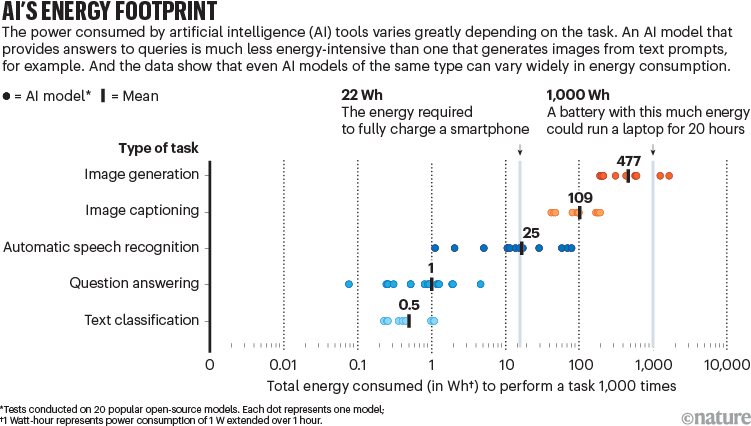Hello Nature readers, would you like to get this Briefing in your inbox free every day? Sign up here.

Some of the health benefits of fasting kick in when food consumption resumes, animal experiments show.Credit: Getty
Breaking a fast seems to carry more health benefits than the fasting itself, a study in mice shows. When mice started eating again after 24 hours of fasting, stem cells in the gut appeared to experience a boost in their ability to repair damage to the intestines. But this activation of stem cells came at a price: mice were more likely to develop precancerous polyps in their intestines if they incurred a cancer-causing genetic change during the post-fasting period than if they hadn’t fasted at all. “Regeneration isn’t cost-free,” says stem-cell biologist Emmanuelle Passegué.
Reference: Nature paper
The first-ever analysis of soil near the Moon’s south pole has found further evidence that the lunar surface melted shortly after it formed. The data come from India’s pioneering Chandrayaan-3 mission, which deployed a rover on the Moon last August that found the soil mainly comprised the mineral ferroan anorthosite. Previous landers have found similar results at other locations, suggesting the composition of the surface is uniform. This supports the theory that the Moon originated from material scattered into space when a large impactor struck the newly formed Earth.
Reference: Nature paper
Current techniques to spot gravitational waves can only detect them in a narrow band, so researchers are investigating new approached to catch a much wider variety of these ripples in space-time. Nature’s Davide Castelvecci is your guide for a whirlwind three-minute tour of these strategies, which range from watching pulsars to measuring quantum fluctuations.
Features & opinion
Virologist and public-health researcher Nicaise Ndembi of the Africa Centres for Disease Control and Prevention (Africa CDC) outlines the body’s decision to issue its first-ever Public Health Emergency of Continental Security (PHECS). “Mpox was declared a PHECS in part to unlock access to emergency resources, including funding, personnel and technical support, but the mpox outbreaks in Africa are a global concern, with the potential for international spread,” writes Ndembi. “Africa CDC asks its global partners to stand with Africa in this critical hour.”
Futuristic flood-resistant villages that float or sit on reclaimed land — ‘climatopias’ — can be viable options for climate adaptation, argue climate scientists Idowu Ajibade and Sameer Shah, but only if they are planned and implemented with care. Ajibade and Shah outline six priorities for designing climatopias, including ensuring equity and justice, introducing regulatory guidelines and safeguarding ecosystems.
Artificial intelligence (AI) systems are using too much energy, write a group of researchers and leaders from Meta, Hugging Face, Salesforce and others. They suggest an initiative called the AI Energy Star project, inspired by the US Environmental Protection Agency’s Energy Star ratings for products such as light bulbs. “This simple system can help users to choose the most appropriate models for their use case quickly,” argue the authors. And “hopefully, also encourage model developers to consider energy use as an important parameter”.

Source: Unpublished analysis by S. Luccioni et al./AI Energy Star project
Today I’m enjoying watching a blob of jelly play Pong. Researchers ‘trained’ hydrogel to play the vintage videogame by using an electric current to give it a sort of ‘muscle memory’. “Our research shows that even very simple materials can exhibit complex, adaptive behaviours typically associated with living systems or sophisticated AI,” says biomedical engineer Yoshikatsu Hayashi.
Your feedback helps keep this newsletter on the right track — please send your e-mails to briefing@nature.com.
Thanks for reading,
Flora Graham, senior editor, Nature Briefing
With contributions by Nicky Phillips and Katharine Sanderson
Want more? Sign up to our other free Nature Briefing newsletters:
• Nature Briefing: Microbiology — the most abundant living entities on our planet — microorganisms — and the role they play in health, the environment and food systems.
• Nature Briefing: Anthropocene — climate change, biodiversity, sustainability and geoengineering
• Nature Briefing: AI & Robotics — 100% written by humans, of course
• Nature Briefing: Cancer — a weekly newsletter written with cancer researchers in mind
• Nature Briefing: Translational Research — covers biotechnology, drug discovery and pharma
